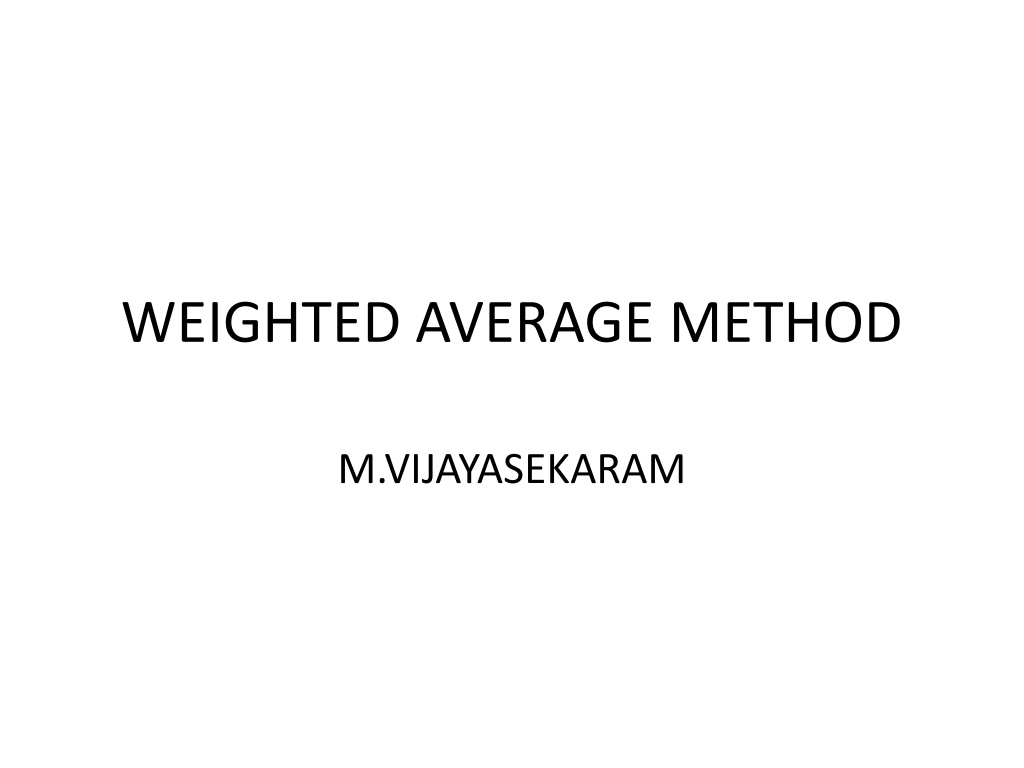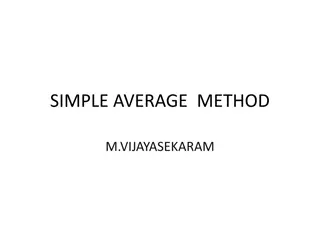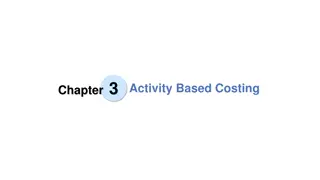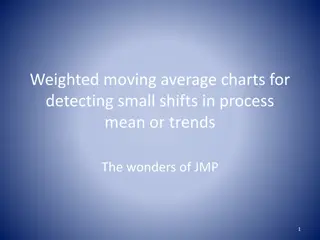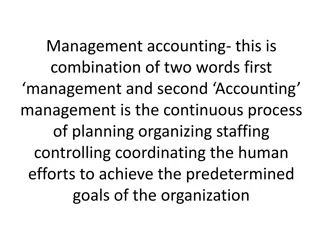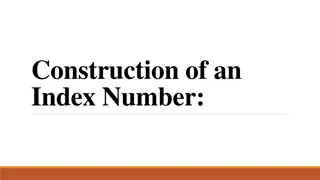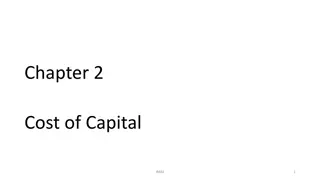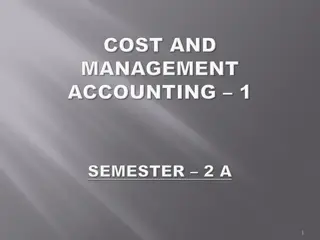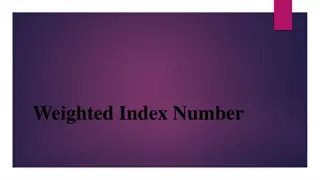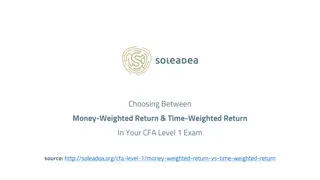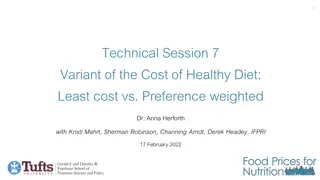Understanding Weighted Average Cost Method in Accounting
The weighted average cost method is a crucial approach in valuing inventory for businesses. It calculates the average cost of all inventory items based on individual costs and quantities held in stock. By dividing the cost of goods available for sale by the number of units available, this method determines the weighted-average cost per unit, simplifying inventory tracking and expense management. While offering benefits such as simplicity and consistency, it may present challenges when dealing with widely varying inventory prices.
Download Presentation

Please find below an Image/Link to download the presentation.
The content on the website is provided AS IS for your information and personal use only. It may not be sold, licensed, or shared on other websites without obtaining consent from the author. Download presentation by click this link. If you encounter any issues during the download, it is possible that the publisher has removed the file from their server.
E N D
Presentation Transcript
WEIGHTED AVERAGE METHOD M.VIJAYASEKARAM
Weighted Average Cost Method The weighted average cost method in accounting is one of three approaches of valuing your businesses inventory stock and determines the average cost of all inventory items based on the individual costs and the quantity of each item held in stock. Businesses use the weighted average to determine the amount that goes into the inventory and the cost of goods sold (COGS). When a business purchases items of inventory, they may pay different prices due to diversity in the types of inventory stock or the same stock items, purchased at different times. In the weighted average cost method, the cost of goods available for sale is divided by the number of units available for sale and is commonly used when inventory items are so melded or identical to each other that it is impossible to assign specific costs to single units.
Calculating the weighted average cost When using the weighted average method, you divide the cost of goods available for sale by the number of units available for sale, which yields the weighted-average cost per unit. In this calculation, the cost of goods available for sale is the sum of beginning inventory and net purchases. This weighted average figure is then used to assign a cost to both ending inventory and the COGS.
Benefits of the weighted average cost method A significant advantage of using the weighted average cost method that it is the simplest way to track inventory expense. You can store inventory stock without the need to designate which batch it belongs to and you don t need to trace the original cost before pricing items, simply marking up the average price of the stock units. The calculation used to determine the weighted average cost is also easier than that of other valuation methods which take multiple steps to calculate the inventory value or COGS. Using this method also requires less paperwork. The weighted average cost method only requires a single cost calculation and uses this cost for all other calculations, requiring only a single record documenting the calculation. There is no need to maintain detailed records for each purchase, only records of the totals. Consistency is another advantage because once the product cost is calculated, it is used consistently across all stock units. This includes the cost used for the ending inventory value as well as the COGS. Alternative methods such as FIFO and LIFO use a range of costs, depending on the individual costs incurred with each transaction. Finally, it costs money to track inventory stock, so whether you are counting manually or using software to track inventory expenses, this method requires fewer labour hours to maintain.
Disadvantages of the weighted average cost method An issue with the weighted average cost method is when your inventory prices vary widely, where you may not recover the costs of the more expensive units and may even suffering a loss with your sales price. The idea behind the method is that you will make up any loss when you sell the less expensive items. If that doesn t happen, however, you may end up discontinuing the item, never recovering the losses sustained when selling the pricey units. This method assumes that all units are identical, but this is not always the reality. Newer batches of product may have had upgrades or additional features added and may eligible for a better price than the older stock units. This is particularly problematic when a supplier replaces a product with a new version, giving it the same name as the previous version. Finally, the average cost method is retrospective, in that it looks back over a purchasing period to see what was paid per unit.
